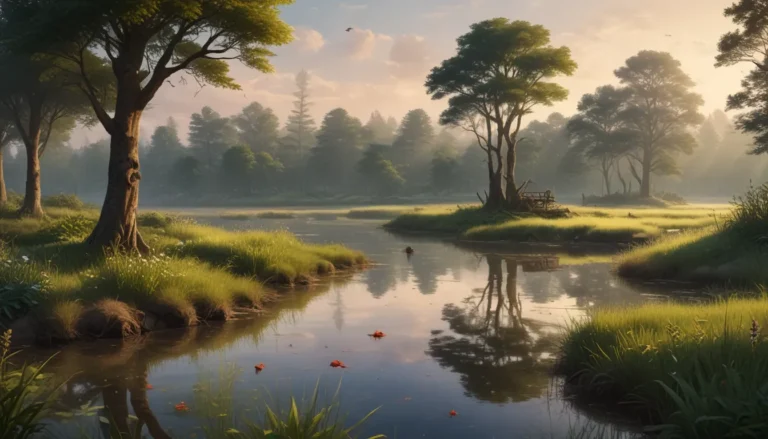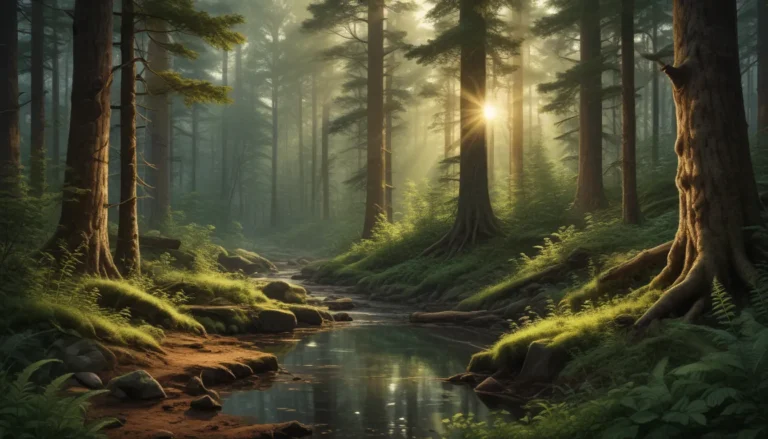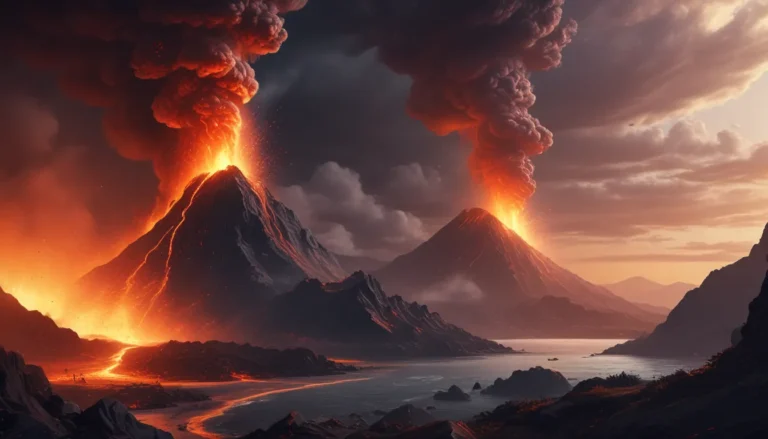A Note About Images: The images used in our articles are for illustration purposes only and may not exactly match the content. They are meant to engage readers, but the text should be relied upon for accurate information.
Hotspots in the realm of biogeography are more than just geographic areas rich in biodiversity. They are treasure troves of unique plants and animals that captivate scientists and nature enthusiasts alike. These regions play a critical role in conservation efforts, as they are home to countless rare and endangered species that need our care and protection.
Unveiling the Diversity of Hotspots:
The Tropical Andes Hotspot:
Spanning seven countries in South America, the Tropical Andes Hotspot is a marvel of biodiversity. It boasts an incredible array of plant and animal species, making it one of the most diverse regions on Earth.
The Western Ghats and Sri Lanka Hotspot:
Located in India and Sri Lanka, this hotspot hosts numerous endemic species that are found nowhere else. Many of these species are highly endangered and require urgent conservation efforts to ensure their survival.
The Mediterranean Basin Hotspot:
Known for its unique biodiversity, the Mediterranean Basin Hotspot also encompasses countries rich in cultural heritage. From ancient civilizations to culinary traditions, this hotspot offers a blend of natural and cultural wonders.
The Caribbean Islands Hotspot:
Containing over 7000 islands, this hotspot is a haven for reptile lovers. It is home to the largest concentration of endemic reptiles in the world, with many species found exclusively in this region.
Conservation Challenges and Efforts:
The Sundaland Hotspot:
Facing threats from deforestation driven by agriculture and palm oil production, the Sundaland Hotspot is in urgent need of conservation efforts to protect its unique biodiversity.
The Atlantic Forest Hotspot:
One of the most endangered hotspots in the world, the Atlantic Forest Hotspot in Brazil has suffered extensive deforestation. With less than 10% of the original forest remaining, conservation efforts are crucial to its preservation.
The Indo-Burma Hotspot:
Stretching from northeastern India to Myanmar, this hotspot is a treasure trove of endemic plant species. It is home to numerous rare and unique plants found nowhere else in the world.
The Mediterranean Basin Hotspot:
Challenges from urbanization and tourism threaten the natural habitats and ecosystems of this hotspot. Balancing conservation with development is essential to protect its rich biodiversity.
Iconic Species and Natural Wonders:
The Mountains of Southwest China Hotspot:
Home to the iconic giant panda, the Mountains of Southwest China Hotspot is working towards protecting and restoring the habitat of this endangered species.
The California Floristic Province Hotspot:
Known for its coastal redwoods, the California Floristic Province Hotspot is home to the tallest trees on Earth. These magnificent trees are a testament to the wonders of nature.
The Guinean Forests of West Africa Hotspot:
Encompassing several countries in West Africa, this hotspot is a biodiversity hotspot. It is revered for its exceptional richness and diversity of plant and animal species, making it a crucial area for conservation efforts.
The Significance of Hotspots:
Hotspots in biogeography are not just fascinating phenomena but vital ecosystems that support a multitude of life forms. Understanding their unique features and challenges allows for the development of effective conservation strategies to protect Earth’s natural heritage.
Frequently Asked Questions:
-
What is a hotspot in biogeography?
A hotspot in biogeography refers to a geographic area rich in biodiversity with high numbers of endemic species facing threats from habitat loss. -
How are hotspots determined?
Hotspots are identified based on criteria like endemic species, habitat threats, and habitat loss. Conservation organizations prioritize areas for protection based on these criteria. -
Why are hotspots important?
Hotspots provide habitats for numerous species, contribute to global biodiversity, and offer essential ecosystem services. Protecting hotspots is vital for the planet’s long-term health. -
How can we conserve hotspots?
Conservation efforts involve establishing protected areas, sustainable land-use practices, education, and community engagement to protect and preserve hotspots. -
Are hotspots only found in tropical regions?
While many hotspots are in tropical regions, they can also exist in temperate forests, Mediterranean regions, and marine environments like coral reefs. -
Do hotspots change over time?
Yes, hotspots can change due to factors like climate change, habitat loss, and species extinction. Regular reassessment and updates are necessary for effective conservation efforts.
In Conclusion:
Hotspots in biogeography offer a glimpse into the extraordinary diversity, unique species, and conservation challenges present in these remarkable regions. From the Tropical Andes to the Guinean Forests of West Africa, these hotspots are essential for preserving our planet’s biodiversity. By understanding and protecting these areas, we can ensure the survival of countless species and maintain the ecological balance of our planet.






